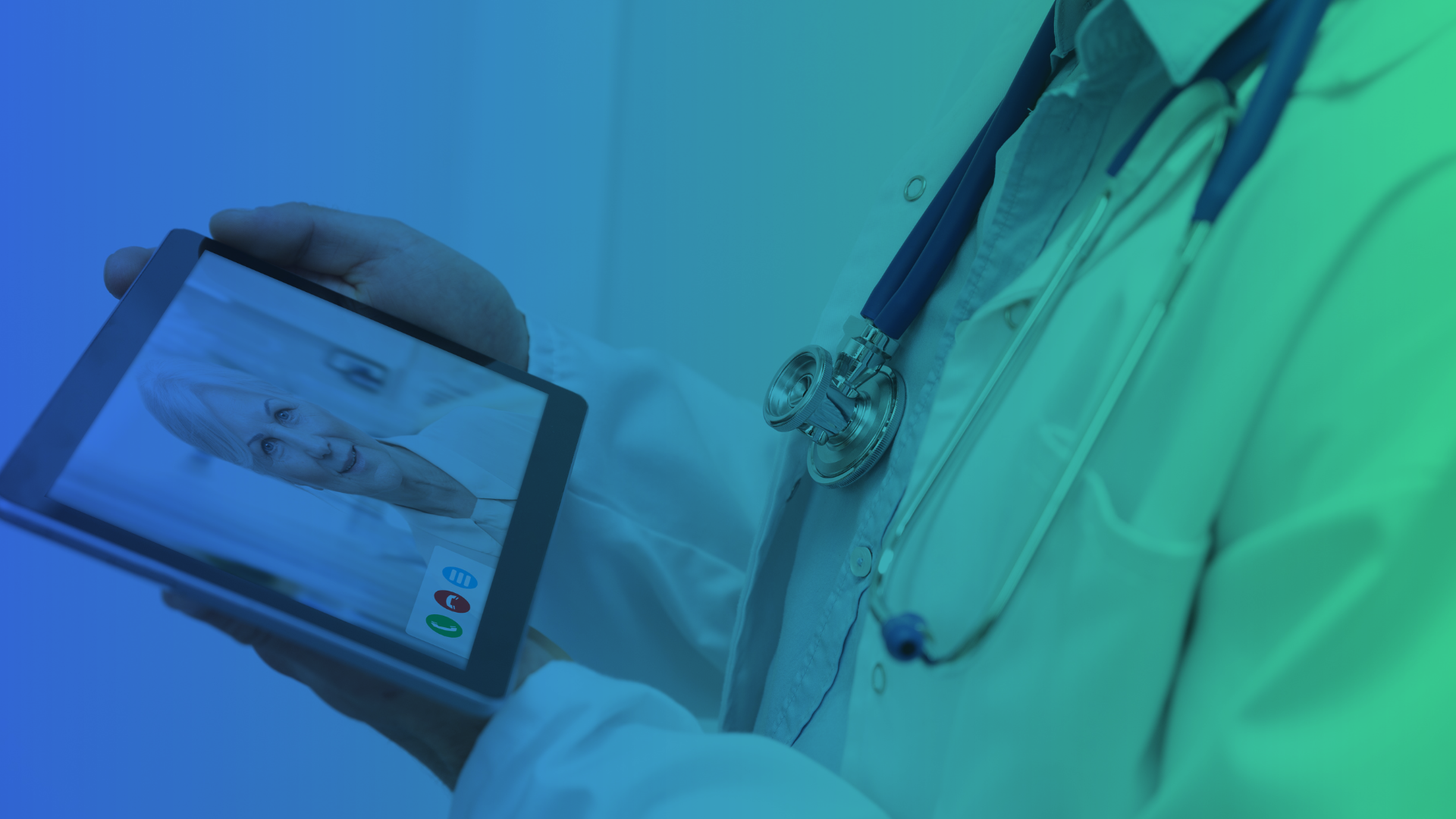By Matt Guldin, Senior Manager, Market Intelligence at Panda Health
Remote patient monitoring (RPM) is accelerating at hospitals across the country, and while the pandemic served as the initial driver of RPM growth, growing recognition of RPM’s clinical value—as well as the rising incidence of chronic disease—will keep demand strong in the months and years to come.
The increased rate of RPM adoption, however, is also revealing how difficult it is for hospitals to deploy and manage a successful program. Many are struggling to identify the best RPM partner for their unique needs, and many others are finding that their original RPM approach is not as effective as they need it to be.
Our new marketplace category: Health at Home, which includes an entire subcategory on RPM, will help hospitals tackle these challenges. This new marketplace feature includes only our top RPM solution recommendations, based on our thorough evaluation of dozens of vendors based on features and functionality, integration capabilities, technical requirements, compliance standards, cybersecurity safeguards, and more.
This blog, based on insights gained from our research into RPM solutions, provides an overview of the RPM landscape as well as the key RPM solution evaluation criteria every hospital should consider.
RPM overview: Solutions are evolving as technology matures
While the earliest RPM solutions tended to focus on a particular patient population, such as those with diabetes, many RPM platforms today are more holistic and versatile. These platforms address a multitude of patient needs, such as traditional chronic disease management as well as behavioral health support. Another emerging RPM trend is the combination of multiple health-at-home solutions within one platform. For example, some RPM providers offer telehealth and hospital-at-home technologies and services, in addition to RPM.
RPM partnerships: Multiple solutions can facilitate a comprehensive approach
As we evaluated RPM solutions over the past few months, we quickly recognized a common theme: The most successful RPM initiatives within hospitals have mastered three key functions:
- Device management, which includes device identification, shipment, troubleshooting, and management of returns.
- Service, which includes onboarding and training patients, keeping patients engaged, and monitoring patients.
- Technology, which includes the capturing of patient data, gathering of insights and analysis, and data triage and alerts.
While these three key functions are critical to success, we also realized that many hospitals are working with a variety of partners to achieve their goals. This multi-partner approach can help ensure deep expertise across each of the key areas.
RPM evaluation criteria: Key considerations for every hospital
Hospitals should consider numerous factors when evaluating RPM solutions, but the five we’ve identified below can serve as a great starting point for any organization. All of the solutions featured on our marketplace were evaluated against these criteria—and many more.
- Integration. Seek out an RPM solution that integrates with your existing infrastructure. If you have other health-at-home programs in place, such as a telemedicine or hospital-at-home, the solution should also integrate with those solutions as well as other health IT solutions especially the provider’s EHR.
- Device management and troubleshooting. RPM device management is extremely complex. Ensure that the level of device management and support provided by the RPM solution meets your needs. If not, consider an additional RPM partner that can provide these services.
- Enrollment and engagement: Successful RPM programs require comprehensive patient identification, onboarding, training, and monitoring. Many hospitals don’t have the experience or bandwidth to take this on. Look for an RPM solution with all of the above services, as well as auto-enrollment for eligible patients.
- Customization: Seek out a partner that offers a wide set of evidence-based, customizable pathways at the population, cohort, and individual patient level.
- Data monitoring and management: The most effective RPM solutions offer data monitoring and management services that prioritize nurse, physician, and support staff efficiency. Ask any RPM platform provider how they will share, manage, and monitor data, as well as how they will minimize alert fatigue for providers.
As a marketplace that transforms how hospitals discover, procure, and implement digital innovations, we’re standing by to guide you on your RPM journey. To learn more about our marketplace and the RPM awarded suppliers, visit https://panda.health/our-marketplace/.
